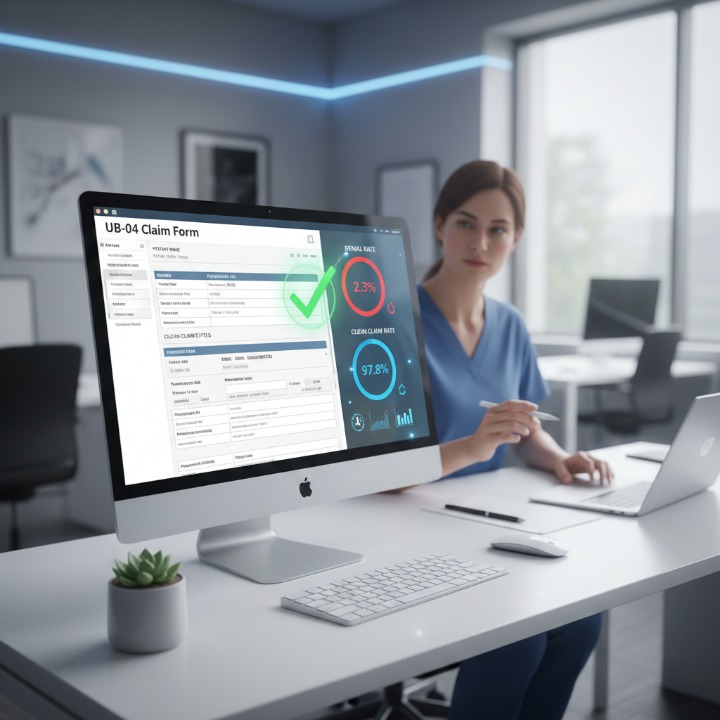Healthcare Billing Automation 2025 is no longer optional — it’s becoming the standard for healthcare organizations seeking faster reimbursements, reduced claim denials, and smoother revenue cycles. Manual billing and time-consuming billing processes are being replaced with advanced billing systems that leverage real-time automation, AI, and predictive analytics.
This shift is not only improving claim submissions but also enhancing patient billing, patient care, and overall efficiency. Let’s explore the top trends shaping healthcare billing automation in 2025.
1. AI-Powered Claim Scrubbing
Traditional claim review has been error-prone and time-consuming. In 2025, automated claim scrubbing tools powered by AI will check for coding accuracy, insurance coverage eligibility, and compliance before claim submissions. This reduces repetitive tasks for staff and ensures fewer denials, ultimately leading to faster reimbursements.
(External ref: Tech Bulletin)
2. Real-Time Claim Processing
Real-time claim processing is one of the biggest game-changers. Instead of waiting days, providers can track claim submissions instantly, reducing errors and avoiding delays. Real-time systems also help in ensuring compliance with payer policies, which is critical for smooth revenue cycle management.
(External ref: Yahoo)
3. Automated Patient Billing Systems
Automated billing systems are transforming how patients view and pay bills. These systems provide transparent patient billing, improve communication, and help patients understand insurance coverage. By reducing manual billing, providers save time and enhance patient care.
(External ref: Nucamp)
4. Integration Across Revenue Cycle Management
Modern automation platforms connect every step of the revenue cycle management process — from scheduling and eligibility checks to claim submissions and payment posting. This holistic view makes billing processes more efficient and less error-prone.
(External ref: Blogarama)
5. Reducing Repetitive Tasks with AI and RPA
Repetitive tasks such as data entry, charge posting, and follow-ups are now automated using Robotic Process Automation (RPA). This not only saves time but also improves staff productivity, allowing billing teams to focus on higher-value work like analyzing denial trends and improving patient care.
(External ref: Obiaks)
6. Compliance and Security in 2025
Automation tools are also critical in ensuring compliance with evolving regulations. By reducing human errors and keeping data secure, automated billing processes protect healthcare providers from audits and penalties.
(External ref: Flagler Healing)
Conclusion
In 2025, healthcare billing automation is redefining how providers operate. By automating claim processing, eliminating error-prone steps, and streamlining revenue cycles, healthcare organizations are achieving faster reimbursements, reduced claim denials, and improved patient care.
For practices still relying on manual billing, now is the time to adopt modern billing systems and embrace the future of revenue cycle management.
Explore more on our Medical Billing Services and Denial Management Solutions to see how Billing Benefit can help your practice.
Healthcare billing automation in 2025 uses AI and real-time tools to streamline claim processing, reduce errors, and improve revenue cycle management.
By automating claim scrubbing and eligibility checks, billing systems catch issues early, leading to reduced claim denials and faster reimbursements.
Some providers still use manual billing, but it’s increasingly viewed as time-consuming and error-prone compared to automated solutions.
Automation reduces repetitive tasks, allowing staff to focus more on patient billing support and overall patient care.
Automation helps healthcare organizations save time, streamline billing processes, and ensure compliance, resulting in healthier revenue cycles.










